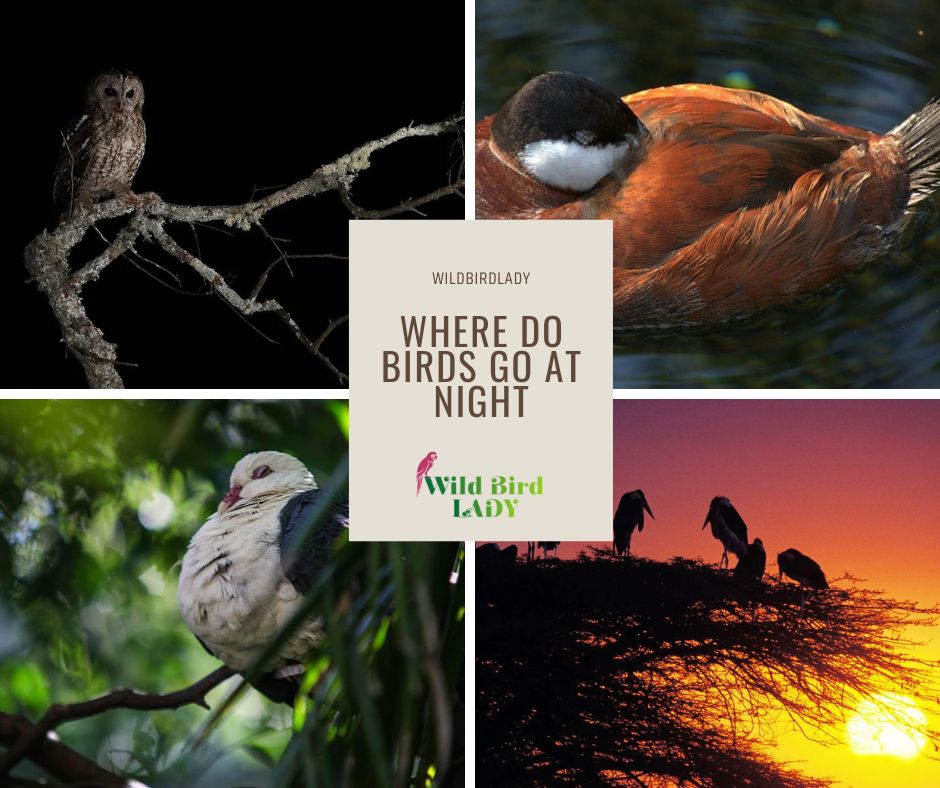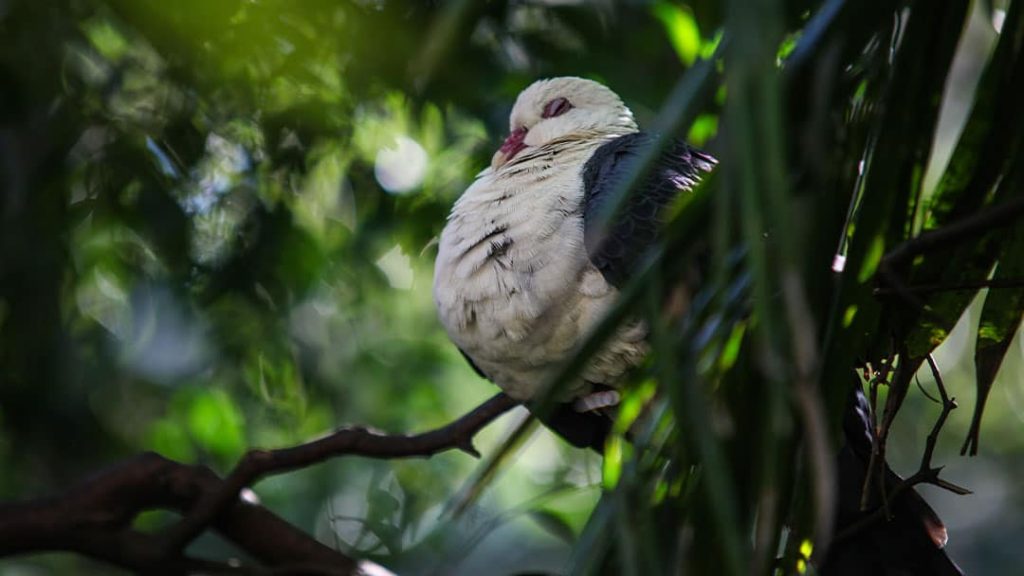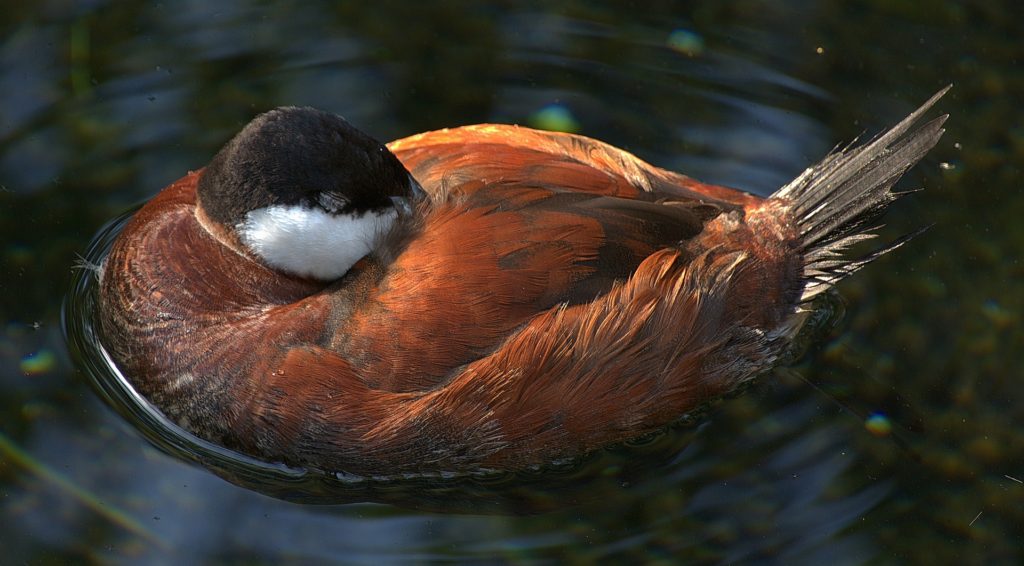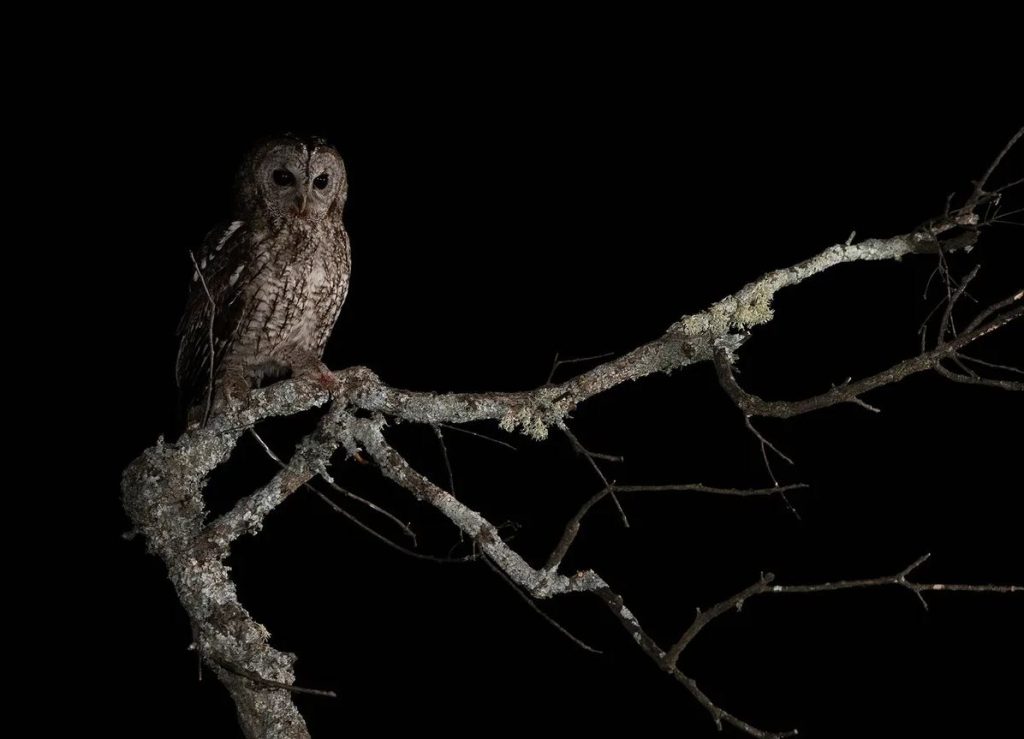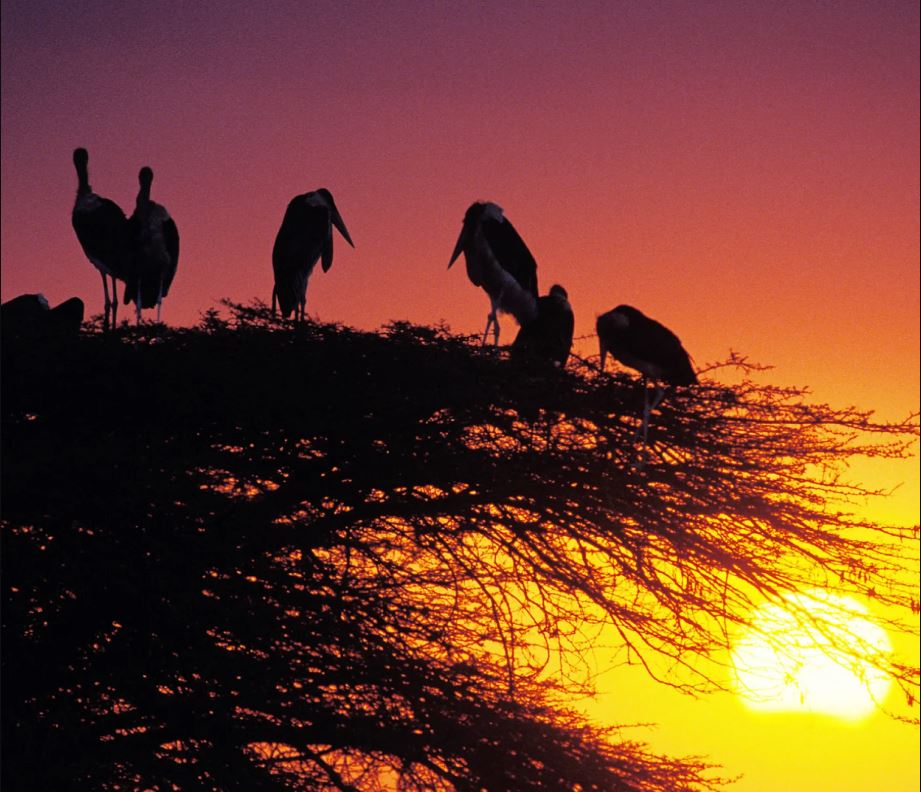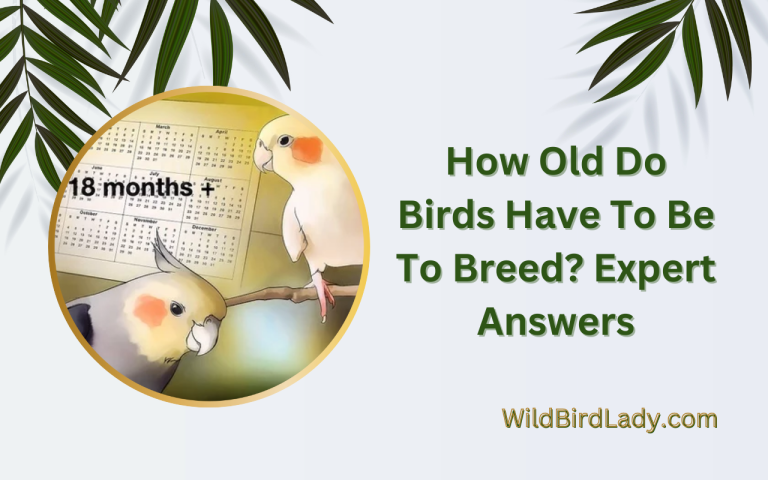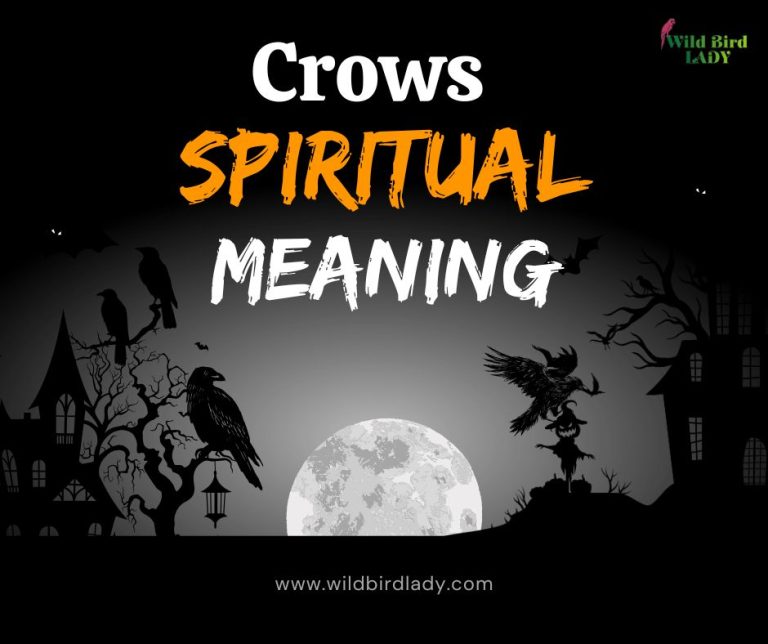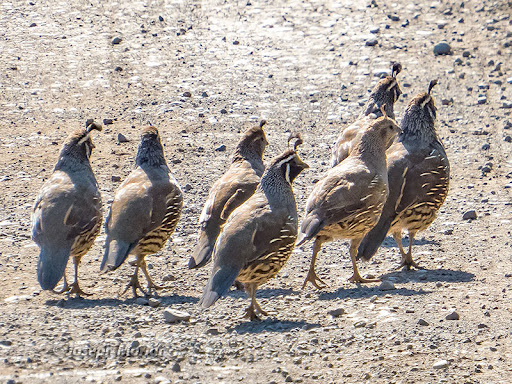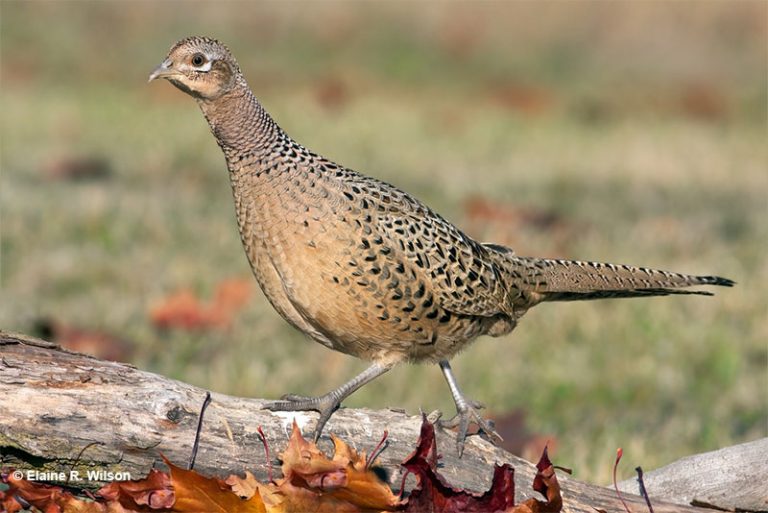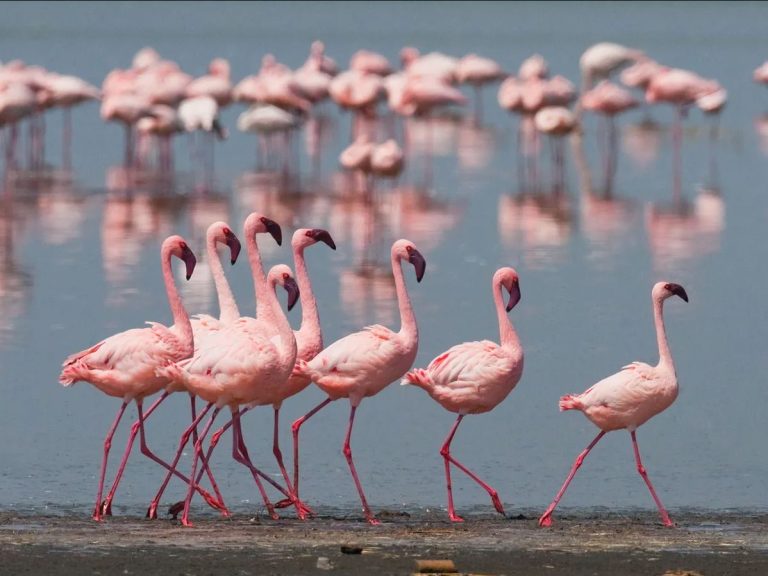Where Do Birds Go at Night? Discover Their Secret Nightlife
Have you ever watched the last rays of sunlight fade and wondered, where do birds go at night? As a birdwatching enthusiast with over 13 years of experience, I’ve spent countless early mornings and dusky evenings observing birds’ daily rhythms. While their daytime behavior is often full of action—singing, feeding, flying—their nighttime habits are more elusive.
This in-depth guide explores where birds go at night, how they sleep, which birds stay active after dark, and what threats they face under the stars.
Where Do Birds Sleep at Night?
Most birds seek out safe, sheltered roosting spots at night to rest and avoid predators. These places can vary dramatically depending on species, habitat, and climate. Some birds return to the same place each night, while others adapt and shift locations.
Common Bird Roosting Locations Include:
- Dense tree branches (especially evergreens)
- Bushes or shrubs with thick foliage
- Tree cavities or holes
- Cliff ledges or rock crevices
- Man-made structures like barns, ledges, rooftops
- Tall grass or reeds (especially for ground-nesting birds)
The goal is always the same: stay warm, hidden, and safe from nighttime predators such as owls, raccoons, or snakes.
Do Birds Sleep in Nests?
Contrary to popular belief, most adult birds do not sleep in nests—at least not the ones used for raising young.
Nests are typically only used during the breeding season to house eggs and chicks. Once the chicks fledge, birds abandon the nest. Roosting spots, on the other hand, are often more hidden and better insulated.
Exceptions:
- Some cavity-nesting birds like woodpeckers, bluebirds, or nuthatches may sleep in old nest holes.
- During cold spells, small songbirds may huddle together in used nests or nesting boxes for warmth.
How Birds Choose Roosting Spots
When choosing where to sleep, birds look for three main things:
- Protection from Predators: High or hidden locations reduce risk from ground predators or raptors.
- Shelter from the Elements: Birds often pick evergreen trees or foliage that shields them from rain, wind, and cold.
- Temperature Regulation: Many birds roost facing away from the wind and fluff their feathers to trap body heat.
Some birds even roost communally, especially in colder months. Species like European starlings, blackbirds, and crows may gather in the thousands in a single tree or rooftop!
Do All Birds Sleep at Night?
Most birds are diurnal, meaning they are active during the day and rest at night. However, not all birds follow this rule.
Diurnal Birds
- Robins
- Sparrows
- Hawks
- Pigeons
- Parrots
Nocturnal Birds
- Owls
- Nightjars
- Frogmouths
- Some shorebirds and waterfowl (especially during migration)
Some birds are crepuscular, meaning they’re most active at dawn and dusk. These include nighthawks and American woodcocks.
Nighttime Behavior of Common Birds
Here’s how some familiar backyard birds behave at night:
1. Sparrows and Finches
They roost in thick hedges, vines, or small trees—close to where they feed during the day.
2. Robins
Often sleep high in dense trees or shrubs, blending in with the foliage.
3. Pigeons and Doves
Prefer building ledges, window sills, or rooftops—especially in urban settings.
4. Woodpeckers
Sleep in tree cavities they’ve excavated, sometimes reusing old nest holes.
5. Wrens and Chickadees
Seek deep brush or cavities in dead trees. They often huddle together for warmth in winter.
Nocturnal Birds: Creatures of the Night
Some birds come alive just as the sun sets. These nocturnal species have special adaptations for navigating and hunting in darkness.
Adaptations for Night Activity:
- Larger eyes for better night vision
- Silent flight (owls have serrated feathers)
- Sensitive hearing
- Camouflaged plumage
Examples of Nocturnal Birds:
- Owls: Apex night predators that use hearing and vision to hunt rodents.
- Nightjars: Feed on flying insects using wide mouths and silent flight.
- Common Poorwill: The only bird known to enter a hibernation-like state during cold nights.
Some waterfowl like ducks and geese also migrate at night to avoid predators and reduce energy expenditure.
How Birds Sleep Without Falling
Choosing where to sleep is a critical survival decision for birds. Each night, they must find a location that balances safety, comfort, and access to their daily territory. Based on my years of birdwatching experience, I’ve found that birds instinctively evaluate their surroundings based on several key factors:
1. Protection from Predators
Above all, birds prioritize safety when selecting a roost. A good roosting spot hides them from the sharp eyes of nocturnal predators like owls, raccoons, snakes, or domestic cats. Small songbirds often seek out thick shrubs, dense foliage, or the inner branches of evergreen trees, where predators can’t easily see or reach them.
Tree-cavity nesters, such as woodpeckers and nuthatches, use old holes for shelter not only because they offer insulation, but also because they are difficult for predators to access. Height matters too—many birds prefer to sleep higher up, well above ground level, to avoid terrestrial threats.
2. Shelter from the Elements
Nighttime can bring wind, rain, and dropping temperatures, especially in colder climates or during winter months. To cope, birds select roosting spots that act as natural shelters. Dense conifers are a favorite because their needle-like leaves provide excellent year-round cover.
In windy conditions, birds will often perch on the leeward side of trees or buildings, facing away from the prevailing wind to minimize heat loss. Many will also tuck their heads under their wings and fluff their feathers to create a barrier of insulating air.
3. Temperature Regulation
Roosting helps birds preserve energy, especially overnight when they can’t forage. To maintain warmth:
- Birds fluff up their feathers, creating insulating pockets of warm air.
- They tuck one leg and their bill under their body to reduce heat loss.
- Some species even huddle together for shared warmth.
Roosting in microclimates—like hollows, dense thickets, or crevices—also helps them avoid exposure to wind chill or sudden drops in temperature.
4. Communal Roosting for Safety and Warmth
Many birds practice communal roosting, particularly in winter or during migration. This behavior offers several advantages:
- Increased warmth through shared body heat
- Safety in numbers—the more eyes and ears, the better the group can detect danger
- Efficient social bonding and communication among flocks
Species like European starlings, blackbirds, and American crows may gather in massive roosts numbering in the thousands. These communal sites are often located in sheltered groves, urban tree lines, or even under bridges and rooftops, especially where artificial heat sources provide added warmth.
In summary, birds don’t just randomly settle down for the night—they choose their sleeping spots with remarkable awareness of environmental conditions and survival needs. Whether it’s a dense pine tree, a cozy nest box, or a flock of companions on a sheltered branch, the roosting site is a lifeline that gets them safely through the night.
Urban vs. Rural Roosting Habits
Birds have adapted to both wild and human-dominated environments. Where they sleep at night often reflects their surroundings.
Urban Birds
- Sleep in vents, signs, ledges, rooftops, and inside structures.
- May be disturbed by artificial light and noise pollution.
- Examples: Pigeons, sparrows, starlings
Rural/Wild Birds
- Roost in natural shelters like trees, bushes, and reeds.
- Face more natural predators but less human interference.
- Examples: Thrushes, orioles, towhees
Interestingly, some urban birds like European starlings have formed massive communal roosts under highway overpasses and shopping centers, where heat and shelter are readily available.
Threats Birds Face at Night
While night offers safety from some predators, it also brings unique dangers for birds:
Predation
- Owls are skilled nighttime hunters.
- Cats, raccoons, and snakes can find sleeping birds, especially those close to the ground.
Cold Temperatures
- Smaller birds lose body heat rapidly. Huddling and choosing well-insulated roosts is vital.
Storms and Wind
- Heavy weather can destroy roosts or knock birds from perches.
Light Pollution
- Artificial lights can disorient birds, especially migratory species, leading to window strikes and fatal collisions.
How You Can Help Birds Sleep Safely
Bird lovers can take several simple actions to ensure birds have safe, comfortable roosts at night.
Tips:
- Plant Dense Shrubs and Trees: Provide natural shelter in your yard.
- Install Nesting Boxes: Many birds will use these for nighttime shelter.
- Turn Off Outdoor Lights at Night: Especially during migration seasons.
- Keep Cats Indoors: Outdoor cats are a major threat to sleeping birds.
- Avoid Pesticides: These harm both birds and the insects they rely on.
- Support Bird-Friendly Architecture: Choose bird-safe glass or decals to reduce nighttime collisions.
Final Thoughts
So, where do birds go at night? Most head to cozy, concealed roosts—whether in the crook of a tree, a barn rafter, or the hollow of a log. Others, like owls and nightjars, embrace the dark and thrive in it.
Understanding bird behavior at night not only satisfies curiosity but also helps us create safer environments for them. From cities to forests, every bird deserves a good night’s rest.
If you found this article helpful, feel free to explore more content on our wildbirdlady.com.
FAQ: Where Do Birds Go at Night?
Do birds sleep through the whole night?
Most do, but some may wake periodically to adjust positions or respond to threats.
Can birds see in the dark?
Nocturnal birds like owls can see well in the dark, but diurnal birds have limited night vision.
Do birds fly at night?
Yes. Many migratory species, like warblers and thrushes, fly at night to conserve energy and avoid predators.
Where do birds go when it rains at night?
They seek dense foliage, tree cavities, or human-made shelters to stay dry and warm.
How do birds stay warm while sleeping?
They fluff up their feathers to trap heat and may huddle with others or find wind-shielded roosts.

